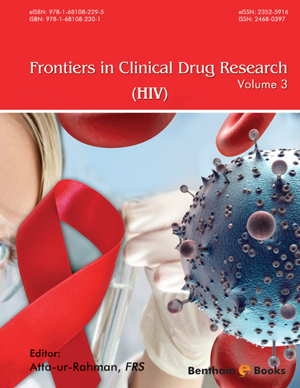Abstract
The human immunodeficiency virus (HIV-1) enters cells through a series of molecular interactions between the envelope protein and cellular receptors, thus providing many opportunities to block infection. HIV-1 entry inhibitors are a complex group of drugs with multiple mechanisms of action depending on the stage of the viral entry process they target. Actually, entry inhibitors fall into three categories: attachment inhibitors, co-receptor inhibitors and fusion inhibitors. Maraviroc and Enfuvirtide–that target gp120-CCR5 interaction and gp41-mediated fusion are currently being used in the clinic. Meanwhile, a wide array of additional agents are in various stages of development. The small molecule attachment inhibitor BMS-663068 has shown potent antiviral activity in early phase studies, and phase II trials are underway. The post-attachment inhibitor ibalizumab has shown antiviral activity in phase I and II trials; further studies including subcutaneous delivery of drug to healthy individuals are anticipated. Cenicriviroc, a small-molecule CCR5 antagonist that also has activity as a CCR2 antagonist, has entered phase II studies. No CXCR4 antagonists are currently in clinical trials, but next-generation injectable peptide fusion inhibitors have been ongoing with human trials. These compounds should be used in drug combination regimens to achieve the highest possible benefit, tolerability and compliance and to diminish the risk of resistance development. Unfortunately, as is the case for other classes of antiretroviral drugs that target other steps in the viral life cycle, HIV-1 can also become resistant to entry inhibitors. In this part, we will summarize the current progress in the development of different class of entry inhibitors and the facing limitations in clinical use.
Keywords: Attachment inhibitors, Co-receptor inhibitors, Entry inhibitors, Envelope glycoprotein, Fusion inhibitors, HIV, Resistance.






















